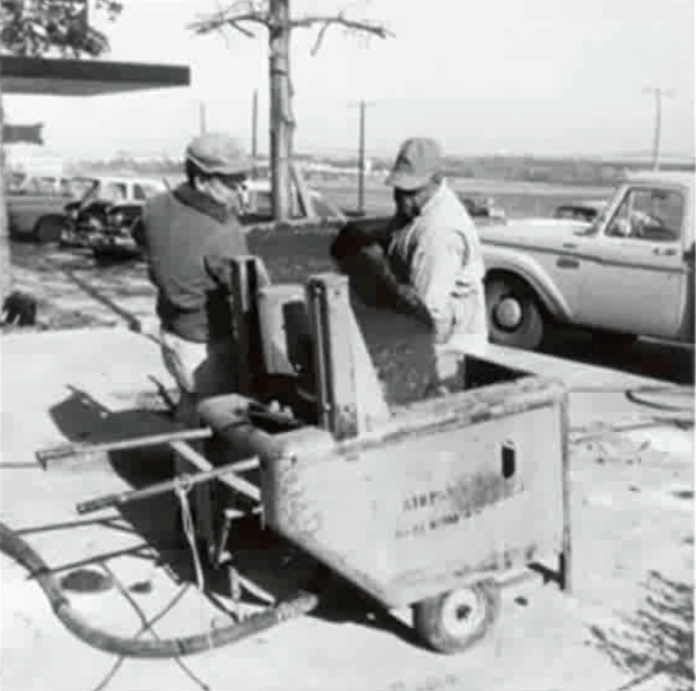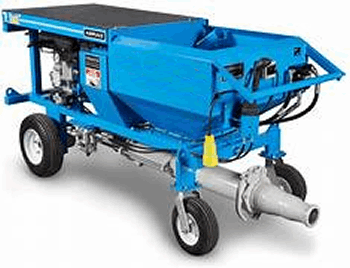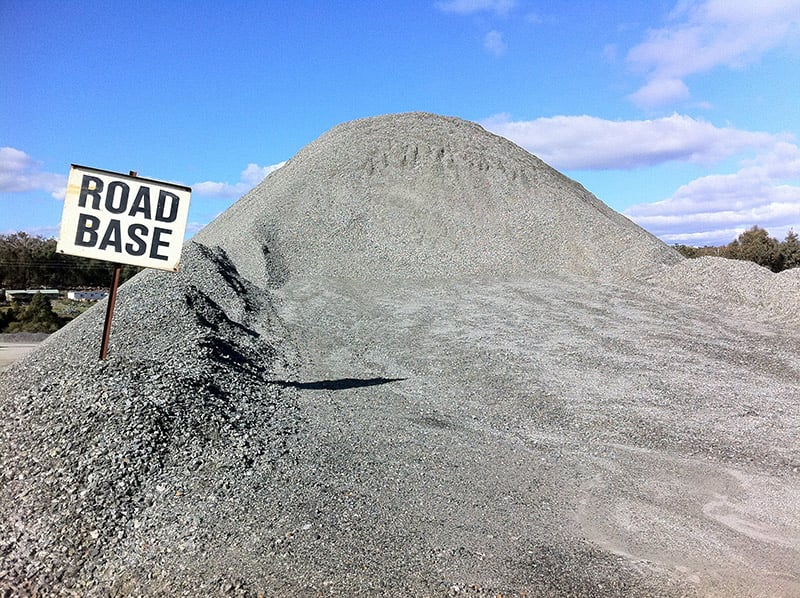ConcreteJacking Origins
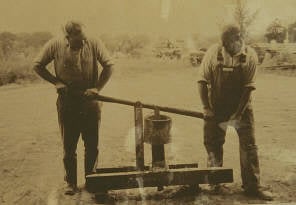
Early Days
In 1933, J.W. Poulter was the first to pump mud under concrete slabs to fill in voids, first done in Chicago.
In 1942, U.S. Navy Seabees pumped grout under concrete runways to raise them during World War II.
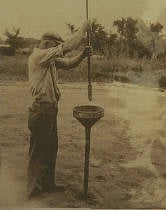
Void Filling
In the early days it was All Hand Labor and a couple of different methods were tried.
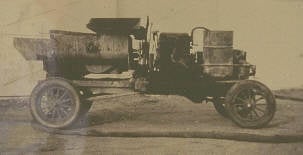
First "Mud-Pump" 1934
